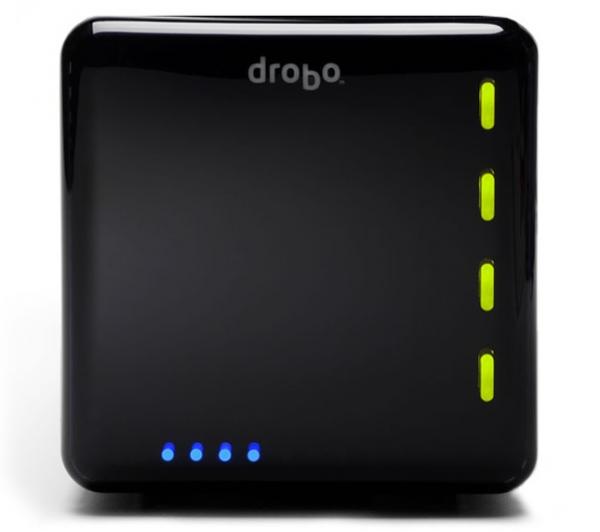Drobo Cop

I recently mentioned how much I really dig my network-attached storage (NAS) hard drive and how I like to keep all of my music, photos, and videos on it so I can feed the whole house with media via Apple TV or Roku. Since I have a huge investment of both time and personal memories stored on this drive, I really need to protect it properly — and that’s why I’ve recently moved to a RAID drive. As I also noted last issue, it consists of four smaller, interconnected drives. If one fails, the others pick up the slack.
RAID drives used to be expensive and difficult to set up and use. But then I came across Drobo, which offers expandable and protected data storage. With some other units, you have to learn about RAID levels, capacity planning, and monitoring, but Drobo is a much simpler process. You insert the drives like tapes into cassette decks — remember those? — and can use any SATA-1 or SATA-2 of any capacity from any vendor. This is a major plus, since other drives may require a specific manufacturer’s memory.
I opted to use three 750-gigabyte and one 250-gigabyte drive, for a total of 2.5 terabytes. Since Drobo has a default “public share,” I was up and running in a matter of minutes. I installed the company’s own dashboard software on all the computers throughout the house. The Drobo dashboard shows its capacity in the form of a pie chart. Now everyone in my family has access to our vacation photos, music, and library of ripped DVDs.
Drobo is not only a good solution for sharing storage with all computers on your network, but it’s also good for centralized backup. It has a built-in feature to make it work with Time Machine in Mac OS X and includes Drobo PC Backup, a very easy-to-use application for Windows PCs. Drobo is quite amazing overall.













































